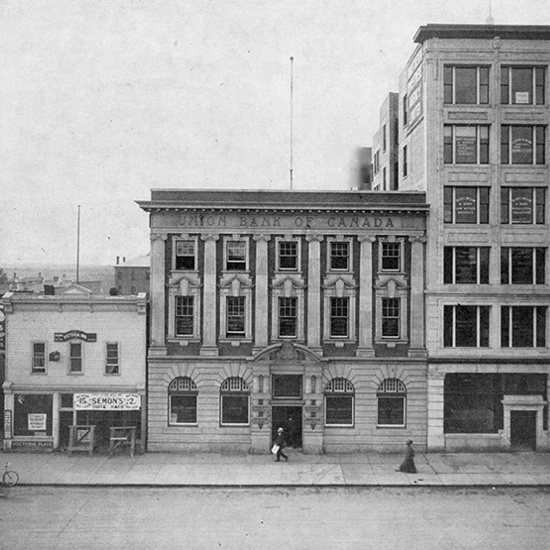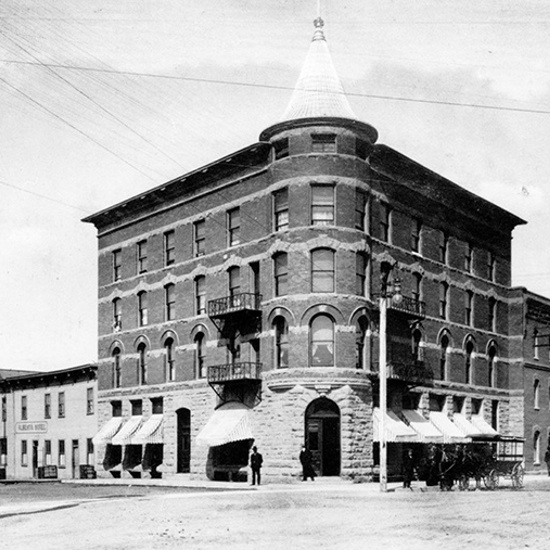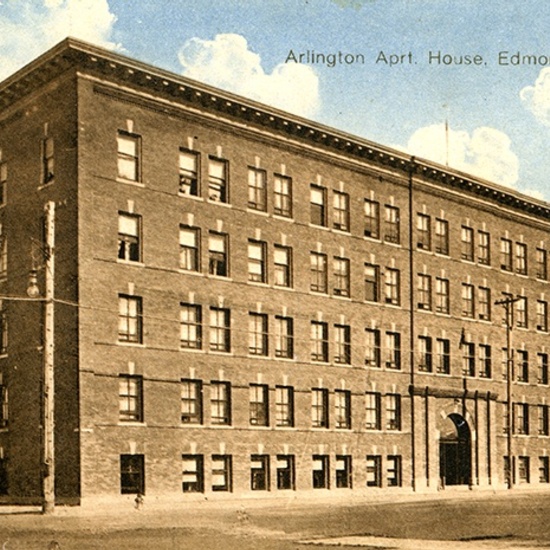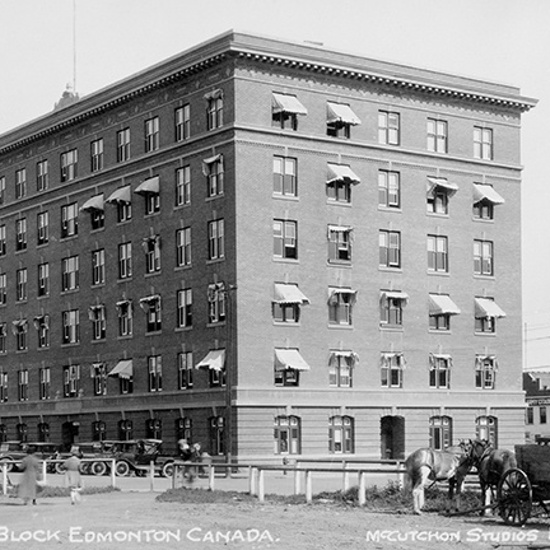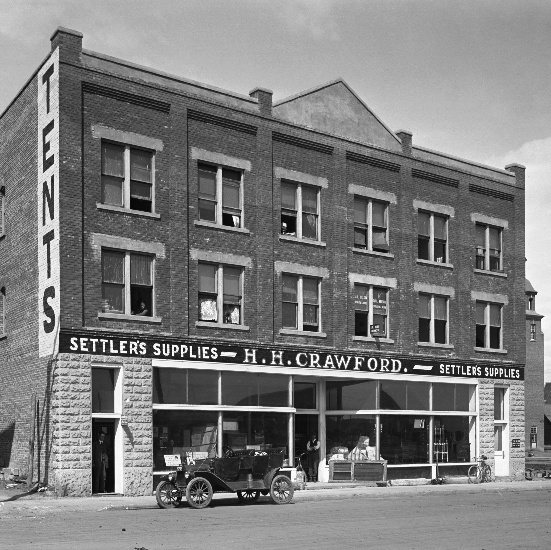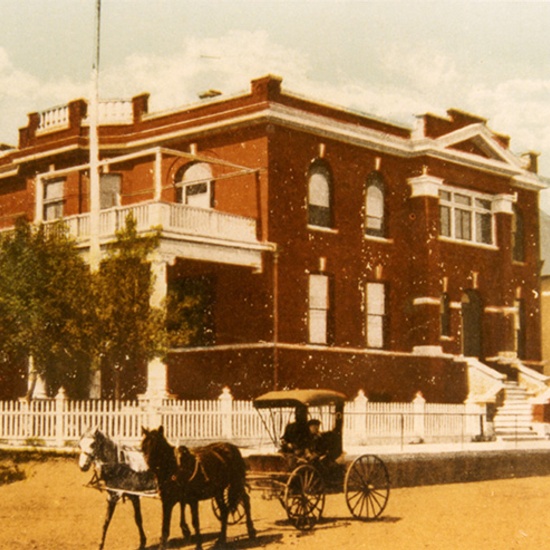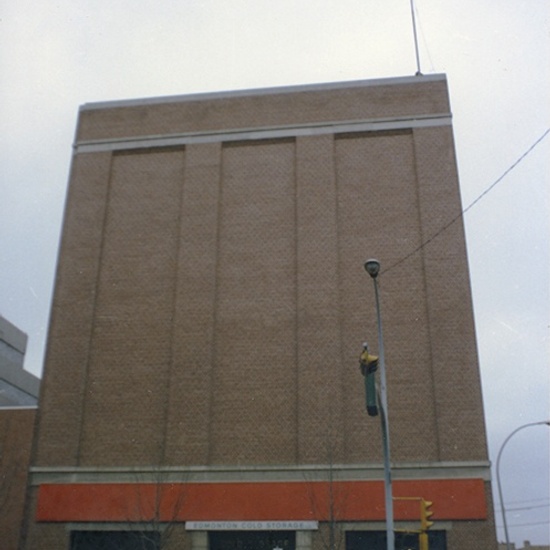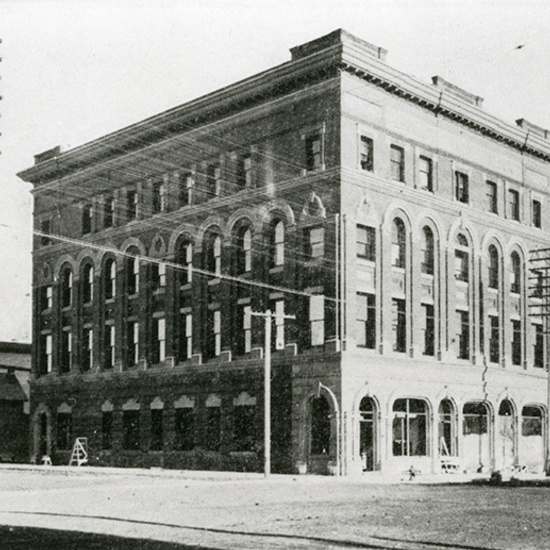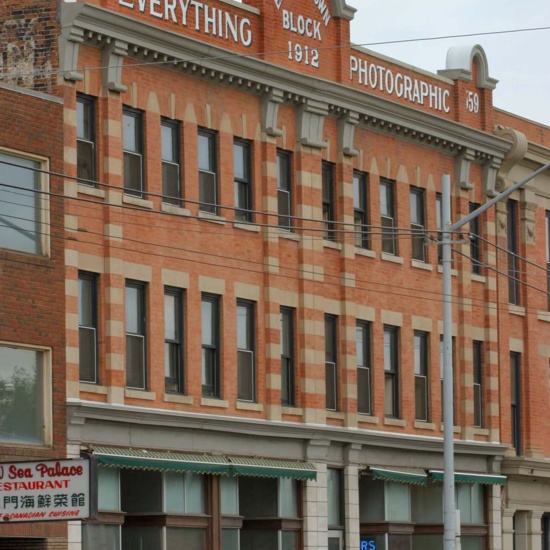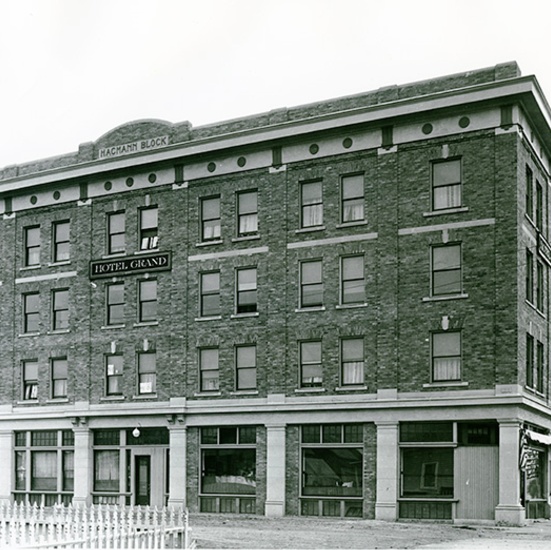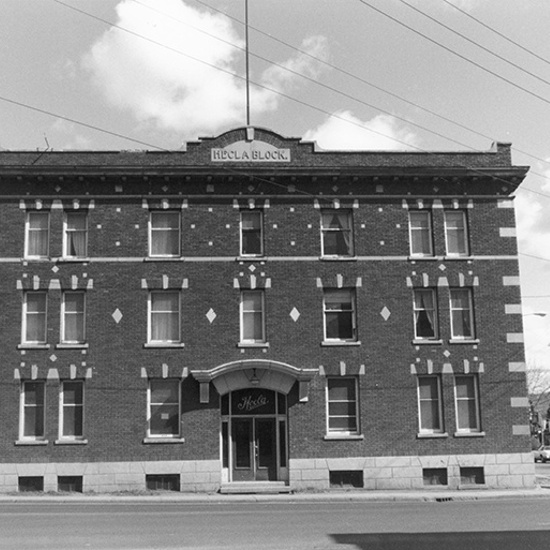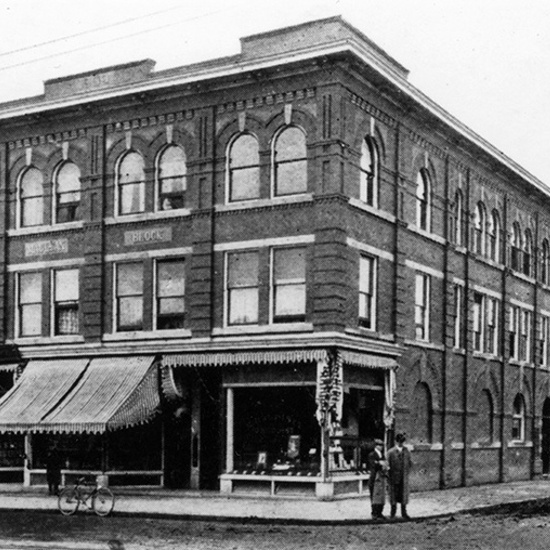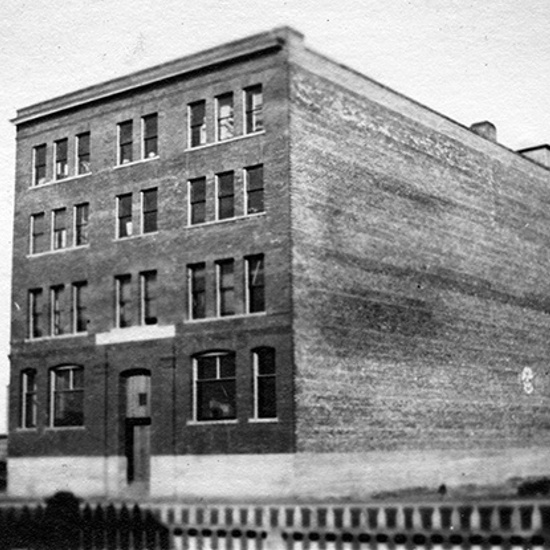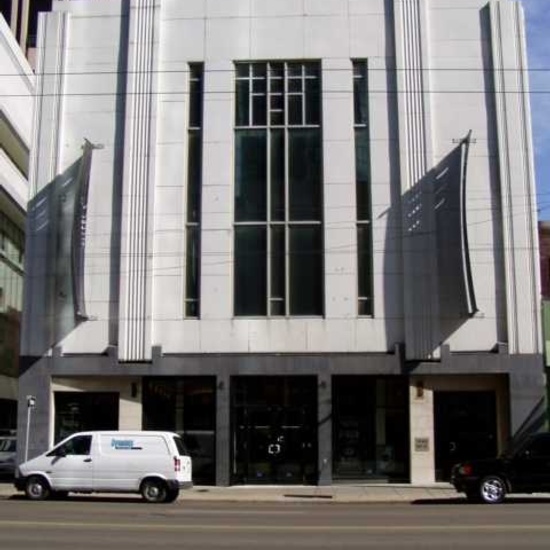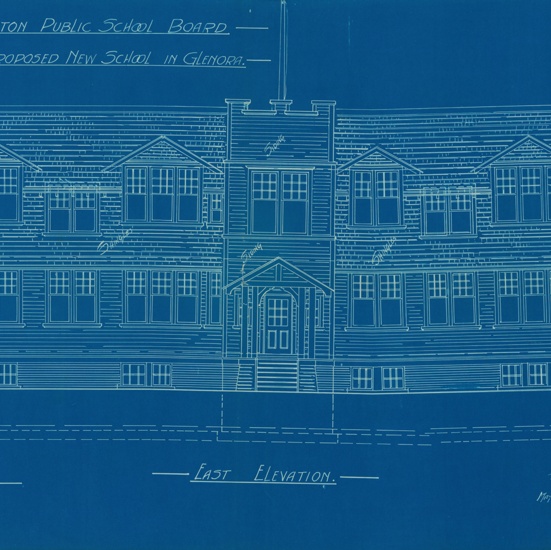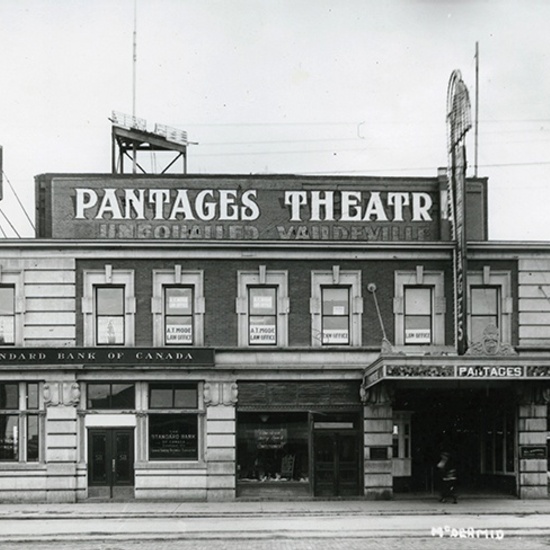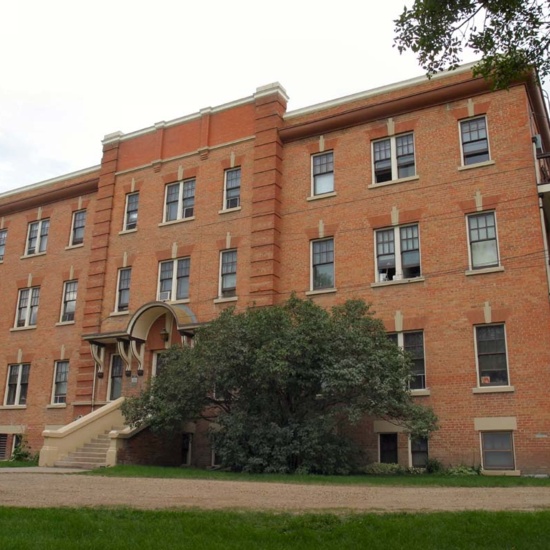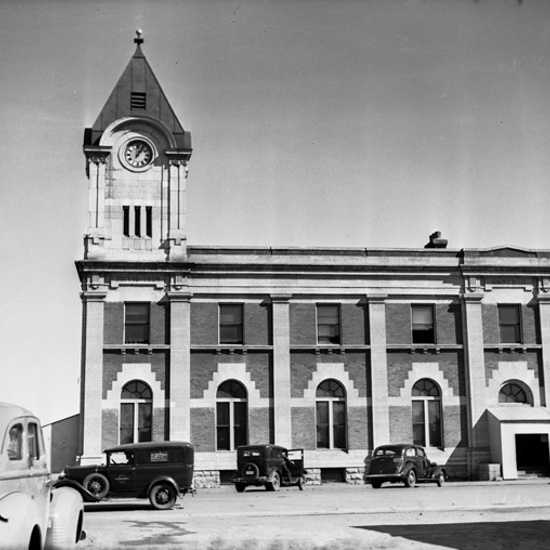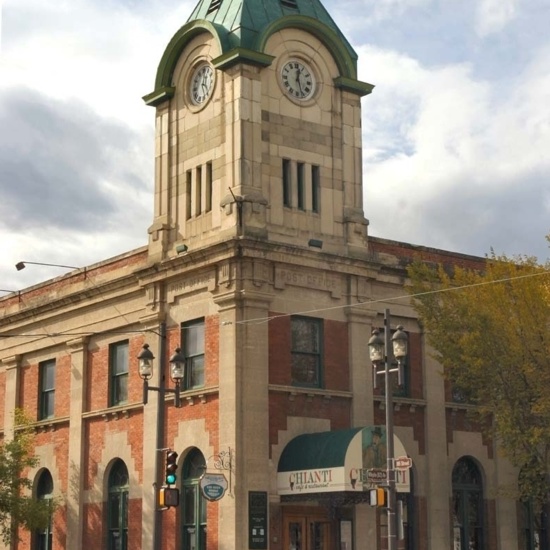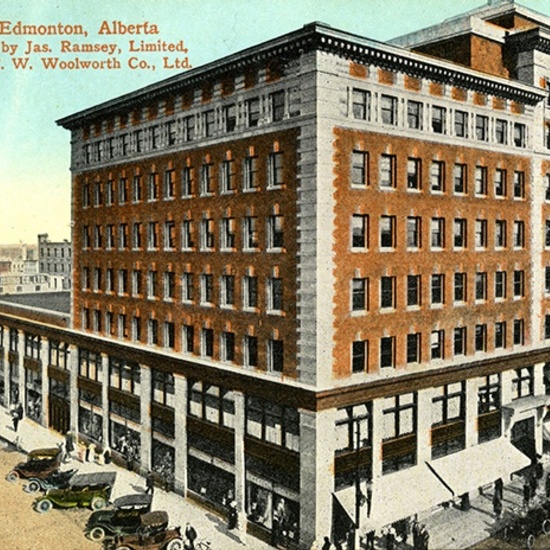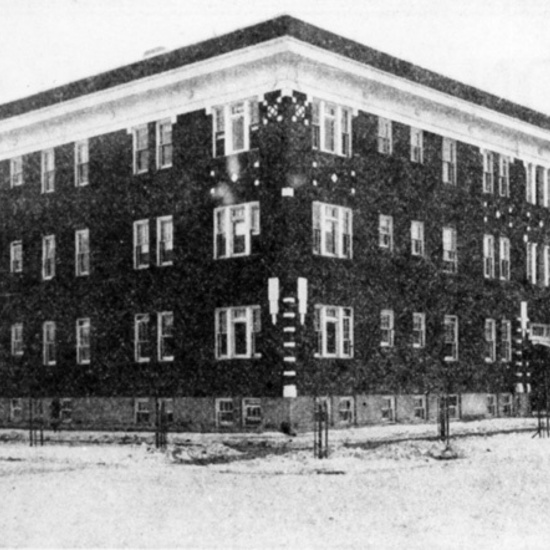Edwardian
The Edwardian style was popular in Edmonton in the first decades of the 20th century and was most commonly seen in commercial buildings.
The Edwardian style was popular in Edmonton in the first decades of the 20th century and was most commonly seen in commercial buildings.
Originating in England during the reign of King Edward VII from 1901 to 1910, this architectural style was popular in Edmonton before the First World War. Edwardian buildings are grand and robustly modeled and have rich surface decoration. Favorite motifs include: cupolas or towers, imposing domes whose supports may be decorated with large ornamental brackets, and open balustrades with round headed and broken pediments. As the style advanced, reaction against the extremely rich elements resulted in a taste for stripped classicism, which was less ornate. In Edmonton, the Edwardian style was used almost exclusively for public and commercial buildings.
Characteristics
- Brick construction
- Stone trims and accents
- Exterior painted signs on non-residential buildings
- Use of parapets and pediments
- Pressed-metal cornices that extend the full width of the building
Details
Structures
Agency Building
Alberta Hotel
Arlington Apartments
Armstrong Block
Capitol Theatre
Civic Block
Crawford Block
Dr. Cameron Residence
Edmonton Club
Edmonton Cold Storage Company, Ltd.
Empire Block
Ernest Brown Block
Hagmann Block/Hotel Grand
Hecla Block
Lambton Block
MacLean Block
Mercer Warehouse
Moser and Ryder Block
North Edmonton Telephone Exchange
Old Glenora School
Pantages Theatre
Ross Flats Apartments
Strathcona Public Building
Tegler Building
Westminster Apartments
Architects
Alfred Marigon Calderon
H.L. Gage
David Hardie
James Henderson
David Ewart
Roland Lines
George Heath Macdonald
Herbert Alton Magoon
Allan Merrick Jeffers
H. J. Moore
Dewar, Stevenson, and Stanley
Unknown
Rick Wilkin
James Edward Wize
Time Periods
Urban Growth: 1905-1913
Urban Settlement: 1870-1904
The War Years: 1914-1945
The Post War Years: 1946-1970
Neighbourhoods
Boyle Street
Calder
Downtown
Glenora
McCauley
Oliver
Queen Alexandra
Rossdale
Spruce Avenue
Character Defining Elements
Arched Windows, Arched entrance, Architrave, Balcony, Balustrade, Brackets, Brick cladding, Brick structure, Carving, Cast stone, Clock tower, Columns, Corbelling, Corner entrance, Cornice, Coronets, Date stone, Decorated parapet, Decorative brick, Decorative shingles, Decorative terracotta, Decorative tiles, Dentil, Double door entryway, Double hung windows, Entablature, Exposed rafters, False Front, Flag pole, Flat roof, Four Storey, Frieze, Frontispiece, Gable dormer, Gabled parapet, Garland, Globe lights, Intersecting gable roof, Irregular footprint, Keystone, L shape footprint, Lintel, Mansard roof, Marquee sign, Metal structure, Nailed frame structure, Painted signage, Parapet, Pediment, Pendant, Pilaster, Plinth, Portico, Poured concrete structure, Precast concrete structure, Pressed Tin, Proscenium, Pyramidal roof, Quoins, Recessed Entry, Rectangular footprint, Reinforced concrete structure, Rounded pediment, Rusticated stone, Scrolled eave brackets, Sills, Skylight, Smooth stone, Spandrel, Steel Structure, Stepped parapet, Stone canopy, Stone capital, Stone cladding, Stone structure, String course, T shape footprint, Terra cotta, Three storeys or more, Tower, Two storeys, Veranda, Volutes, Voussoirs, Wooden shingles, Wooden windows
